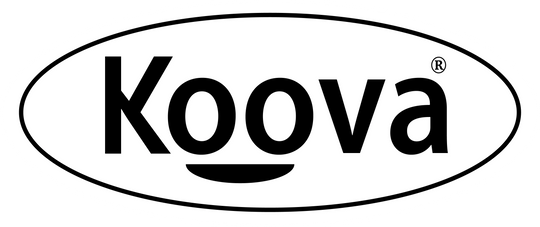When it comes to running a successful business, efficient organization is key. Whether you are managing a small retail store, an e-commerce website, or a warehouse, the art of labeling and sorting your items can have a huge impact on your overall operations. A well-organized system not only saves time and effort but also enhances the customer experience. Let's delve into the strategies and techniques to help you master the art of labeling and sorting your items.
The Importance of Proper Labeling
Labels are not mere stickers or tags; they are the backbone of organization. Proper labeling allows you to quickly identify items, locate them when needed, and maintain accurate inventory records. It streamlines your workflow and minimizes errors. Whether you opt for handwritten labels or invest in a label maker, consistency and clarity are crucial. Ensure that the labels are durable and legible to withstand wear and tear.
Choosing the Right Labeling System
There are various labeling systems to choose from, depending on the nature of your business. Consider using alphanumeric codes, barcodes, QR codes, or color-coded labels. Each system has its benefits, so select one that aligns with your inventory size and complexity. Barcodes, for instance, are ideal for scanning items quickly and accurately, while color-coded labels can visually categorize items for easy identification.
Benefits of Sorting Your Items
Sorting your items goes hand in hand with labeling. A well-sorted inventory not only enhances efficiency but also improves safety and accessibility. By categorizing items based on type, size, or frequency of use, you can optimize your storage space and prevent clutter. Moreover, sorting items makes it easier for employees to locate products, fulfill orders promptly, and track inventory levels effectively.
Effective Sorting Techniques
There are several effective sorting techniques that you can implement in your business. Consider organizing items based on demand, with popular products placed in easily accessible areas. Alternatively, you can group items by seasonality or relevance, ensuring that related products are stored together. Utilize storage bins, shelves, or cabinets to maintain a systematic arrangement that facilitates quick retrieval.
Implementing a Labeling and Sorting Strategy
Creating a labeling and sorting strategy involves careful planning and execution. Start by conducting an inventory audit to assess your current system's strengths and weaknesses. Identify areas for improvement and set clear objectives for your labeling and sorting goals. Collaborate with your team to establish standardized protocols and provide training on the new system.
Utilizing Technology for Efficiency
In this digital age, leveraging technology can significantly enhance your labeling and sorting processes. Implement inventory management software that integrates barcode scanning and automated labeling features. These tools can streamline operations, reduce human error, and provide real-time visibility into your inventory levels. Stay updated on the latest software advancements to stay ahead of the competition.
Training Your Team
Effective labeling and sorting require a team effort. Ensure that your employees are proficient in the new labeling system and sorting techniques. Conduct regular training sessions to familiarize them with the process and address any concerns or challenges they may encounter. Encourage feedback from your team to continuously improve your labeling and sorting strategy.
Maintaining Consistency
Consistency is key to a successful labeling and sorting system. Make sure that everyone in your organization follows the same labeling conventions and sorting criteria. Consistent labeling enhances communication and reduces confusion among team members. Regularly audit your inventory and labeling practices to maintain accuracy and uniformity.
The Impact on Customer Experience
Efficient labeling and sorting not only benefit your internal operations but also have a direct impact on the customer experience. A well-organized inventory ensures that orders are fulfilled accurately and promptly, leading to higher customer satisfaction. Customers appreciate a streamlined shopping experience where they can easily find what they are looking for, thanks to clear labels and systematic sorting.
Measuring Success and Making Adjustments
After implementing your labeling and sorting strategy, monitor its effectiveness through key performance indicators (KPIs) such as order fulfillment speed, inventory accuracy, and employee productivity. Analyze the data to identify areas of improvement and make necessary adjustments to optimize your system further. Continuous monitoring and adaptation are essential for long-term success.
Embracing Efficiency Through Organization
In conclusion, mastering the art of labeling and sorting your items is essential for maximizing efficiency, productivity, and customer satisfaction in your business. By implementing a well-designed labeling system, adopting effective sorting techniques, and leveraging technology, you can streamline your operations and stay ahead of the competition. Remember, organization is not just a one-time task; it is a continuous process that requires dedication and teamwork to achieve lasting success.


